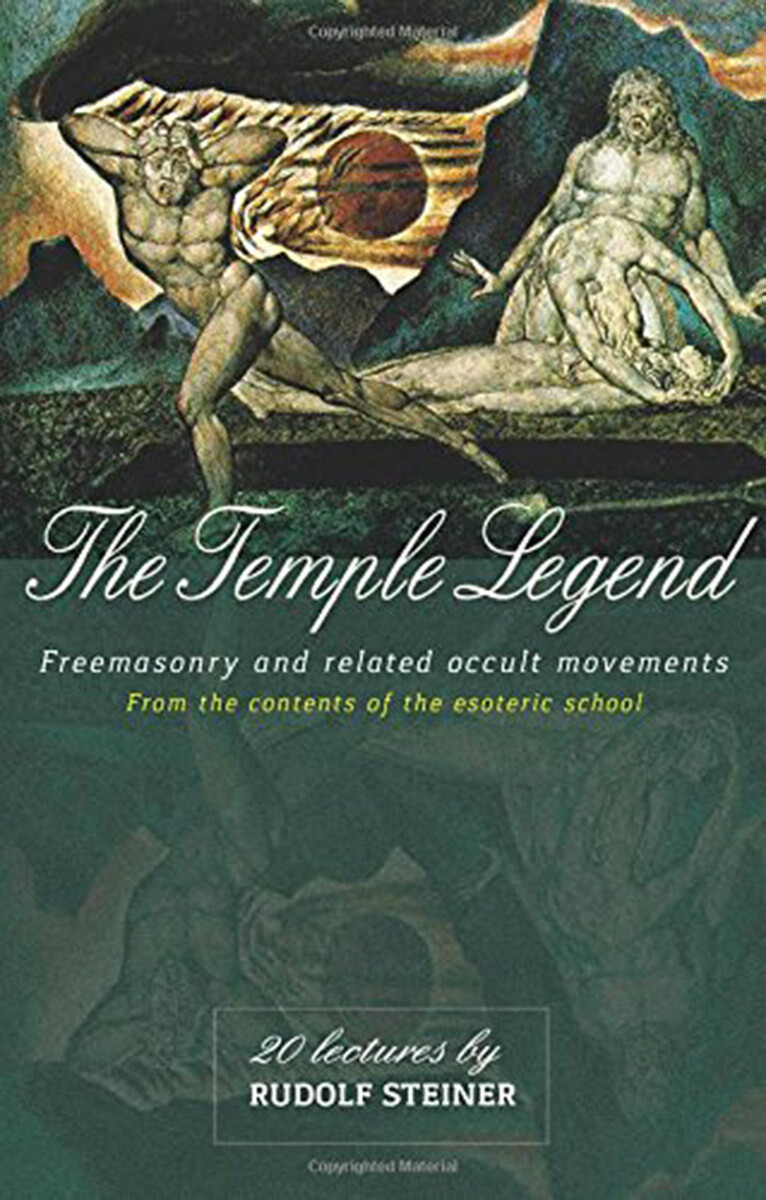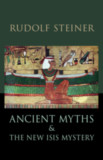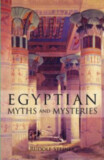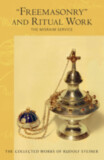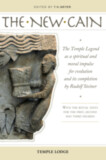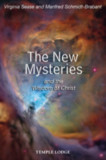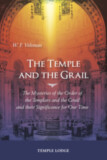The Temple Legend
Freemasonry and Related Occult Movements: From the Contents of the Esoteric School (CW 93)
- Publisher
Rudolf Steiner Press - Published
1st March 2000 - ISBN 9781855844100
- Language English
- Pages 422 pp.
- Size 5.5" x 8.5"
20 lectures and talks, Berlin, October 7, 1904 – June 5, 1905 (CW 93)
In these unique lectures, given to members of his Esoteric School (1904–1914), Rudolf Steiner illumines the hidden content of the pictorial language of myths, sagas, and legends. Pictures, he explains, are the true origin of all things—the primeval spiritual causes. In the ancient past, people assimilated these pictures through myths and legends. However, to work in a healthy way with pictures or symbols today it is necessary first to become acquainted with their esoteric essence and to understand them.
At the time of these lectures, Steiner was planning to inaugurate the second section or class of the Esoteric School, which would deal directly with a renewal—based on his spiritual research—of ritual and symbolism. He gave these lectures as a necessary preparation to clarify the history and nature of the ritual traditions. Thus, he principally discusses Freemasonry and its background, but also the Rosicrucians, Manicheism, the Druids, the Prometheus Saga, the Lost Temple, Cain and Able, and much more.
This series of lectures provides real insight into the esoteric language that Steiner used, particularly during the earlier years of his teaching.
This book is a translation from German of Die Tempellegende und die Goldene Legende (GA 93).
C O N T E N T S:
Preliminary Remarks by the Editor
PART I
1. Whitsuntide—Festival of the Liberation of the Human Spirit
2. The Contrast between Cain and Abel
3. The Mysteries of the Druids and the “Drottes”
4. The Prometheus Saga
5. The Mystery Known to Rosicrucians
6. Manichaeism
7. The Essence and Task of Freemasonry from the point of view of Spiritual Science, I
8. The Essence and Task of Freemasonry from the point of view of Spiritual Science, II
9. The Essence and Task of Freemasonry from the point of view of Spiritual Science, III
10. Evolution and Involution as They Are Interpreted by Occult Societies
PART II
11. Concerning the Lost Temple and How It Is to be Restored, I
12. Concerning the Lost Temple and How It Is to be Restored, II
13. Concerning the Lost Temple and How It Is to be Restored, III
14. Concerning the Lost Temple and How It Is to be Restored, IV
15. Atoms and the Logos in the Light of Occultism
PART III
16. The Relationship of Occultism to the Theosophical Movement
17. Freemasonry and Human Evolution, I
18. Freemasonry and Human Evolution, II
19. The Relationship between Occult Knowledge and Everyday Life
20. The Royal Art in a New Form
Goethe and His Connection with Rosicrucianism
Notebook Entries in Connection with Lectures in Berlin
Rudolf Steiner
Rudolf Steiner (b. Rudolf Joseph Lorenz Steiner, 1861–1925) was born in the small village of Kraljevec, Austro-Hungarian Empire (now in Croatia), where he grew up. As a young man, he lived in Weimar and Berlin, where he became a well-published scientific, literary, and philosophical scholar, known especially for his work with Goethe’s scientific writings. Steiner termed his spiritual philosophy anthroposophy, meaning “wisdom of the human being.” As an exceptionally developed seer, he based his work on direct knowledge and perception of spiritual dimensions. He initiated a modern, universal “spiritual science” that is accessible to anyone willing to exercise clear and unbiased thinking. From his spiritual investigations, Steiner provided suggestions for the renewal of numerous activities, including education (general and for special needs), agriculture, medicine, economics, architecture, science, philosophy, Christianity, and the arts. There are currently thousands of schools, clinics, farms, and initiatives in other fields that involve practical work based on the principles Steiner developed. His many published works feature his research into the spiritual nature of human beings, the evolution of the world and humanity, and methods for personal development. He wrote some thirty books and delivered more than six thousand lectures throughout much of Europe. In 1924, Steiner founded the General Anthroposophical Society, which today has branches around the world.


